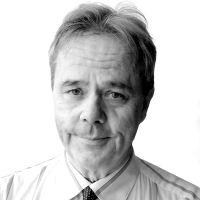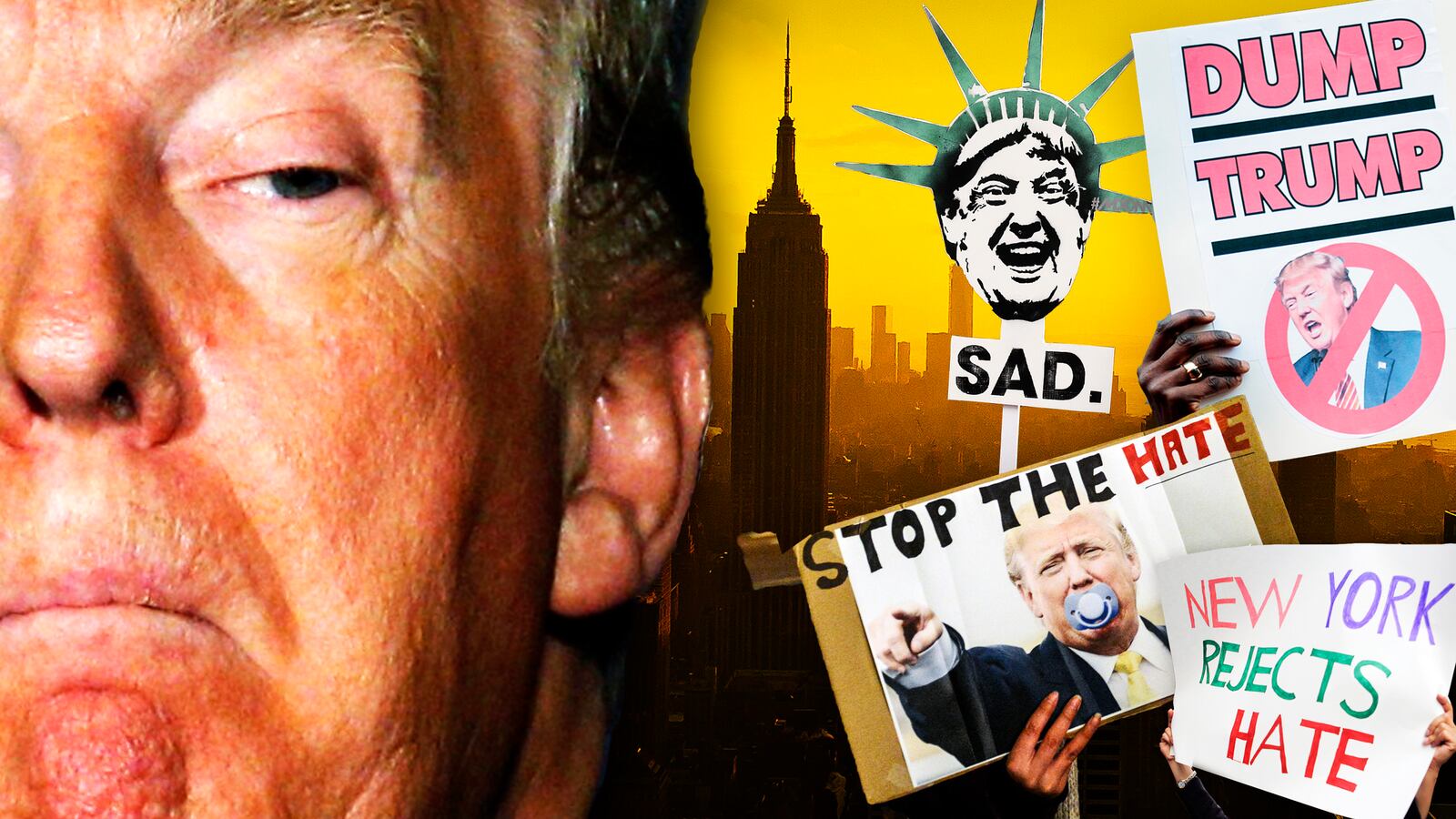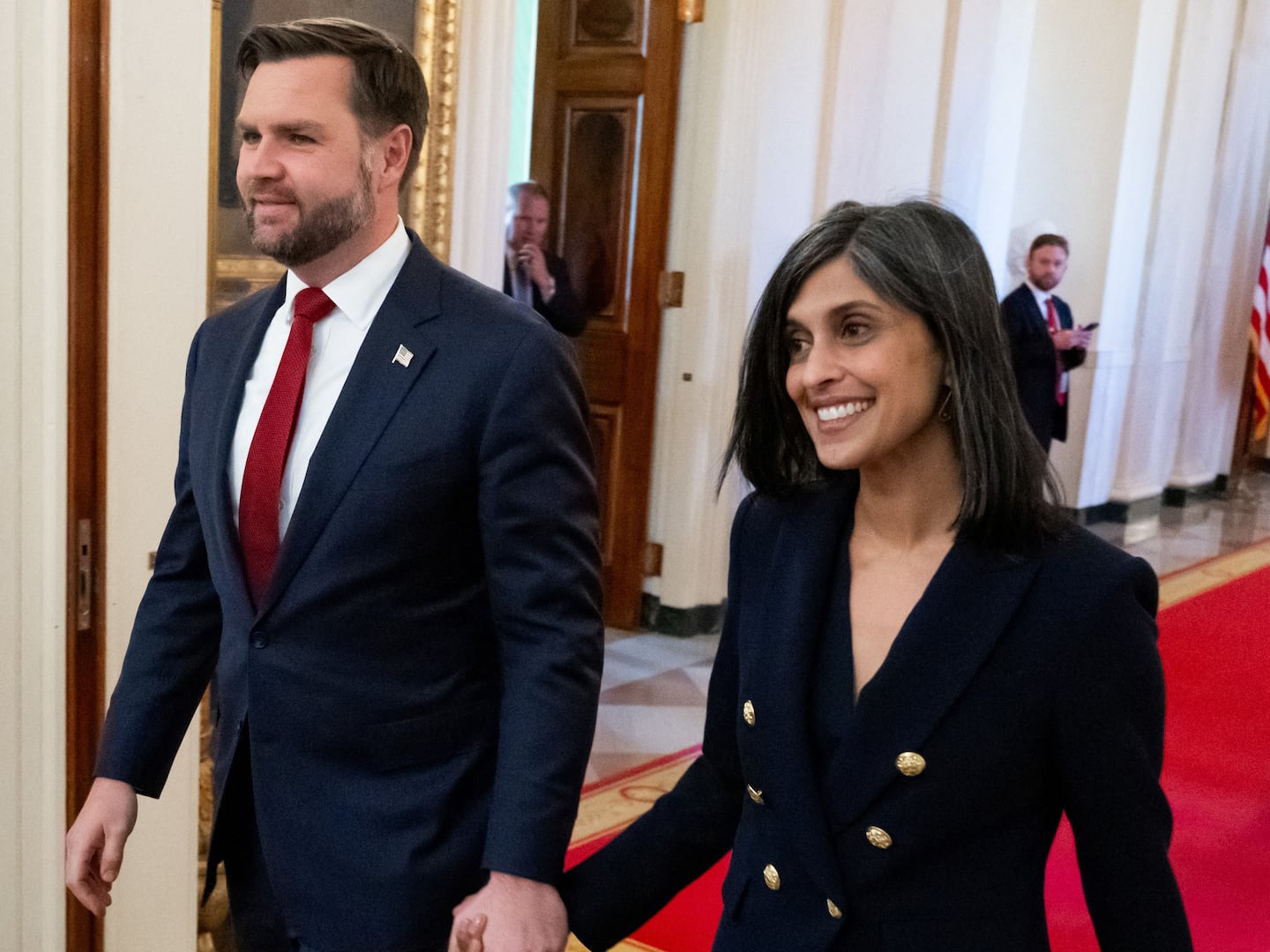At 2:08 p.m. on Wednesday, the motorcade carried President Trump away from the gleaming tower that he has described as the second most exciting residence he has had in New York.
The most thrilling was also his first residence in Manhattan, a studio apartment that his book The Art of the Deal describes as “dark, dingy, little.”
“You have to understand, I was a kid from Queens who worked in Brooklyn, and suddenly I had an apartment on the Upper East Side,” he says in the book. “Moving into that apartment was probably more exciting for me than moving fifteen years later into the top three floors of Trump Tower.”
But, the magic of Manhattan and the rest of New York seem to have faded for Trump in direct proportion to his unpopularity in a city of immigrants that draws much of its vitality from its diversity.
What was billed as a HUGE Trump homecoming rally during the 2016 presidential primaries was held not in liberal Manhattan or even in increasingly diverse Queens, but across the city line among the white working class of Nassau County.
A man who held up a sign reading “White Lives Matter” would have been greeted with boos or maybe a beating in much of the city, but at the Long Island “homecoming” the message was greeted with cheers. Other signs read “Build the Wall” and “The Silent Majority Stands With Trump.”
“It’s great to be home,” Trump exclaimed. “I love these people! These are my people!”
After moving into the White House, he stayed away from his Manhattan tower for month after month, and it could not only have been because he wished to spare his fellow New Yorkers the disruption of a presidential presence in the city. He did make a return visit to Long Island in July, to deliver a speech at Suffolk County Community College about the MS-13 gang.
“This is certainly being home for me,” he told the crowd. “I spent a lot of time right here. I was in Queens, so I’d come here, and this was like the luxury location for me.”
He rhapsodized about the admiring throngs he had seen on the way in from the airport.
“Crowds of people all lining the streets, all the way over to here,” he said. “It’s really a special place.”
He spoke about the invasion of Long Island by the fearsome Salvadoran gang, saying “Our hearts and our nation grieve for the victims and their families.”
“Hard to believe. I grew up on Long Island. I didn’t know about this,” said the guy who had grown up in Queens. “I never thought I’d be standing up here talking about liberating the towns on Long Island where I grew up.”
On Saturday, Trump was on the other side of New York from Long Island, at his golf resort in Bedminster, New Jersey. News broke that a “Unite the Right” rally down in Charlottesville, Virginia had turned violent. An avowed white supremacist had driven a car into a crowd of counter protesters, killing an uncommonly decent 32-year-old woman.
But in a press conference after the tragedy, our president again proved that he is more than anything a Trump supremacist. He was being less a racist than a Trumpist as he took great care not to offend the alt-right folks of his base. He spoke of violence “on many sides…on many sides.”
The resulting uproar was on enough sides that Trump flew to Washington on Monday and issued a second statement, this one forthrightly condemning Nazis and other white supremacists.
“Racism is evil,” he declared.
If he imagined this would smooth things over, he learned otherwise that evening, when he returned to his tower in Manhattan for the first time in seven months.
Where there had been thousands of supporters lining the streets in Long Island, here there was a lone figure wearing a red Make America Great Again baseball cap and an American flag bandana around his neck. The police had placed him so that steel barricades stood between him and the thousands of protesters. His motorcadeavoided the clamorous demonstration by slipping from the far side of the tower and delivering him to a side entrance, but he surely heard the chants and drumming that filled the night.
If the noise did not reach his 58th floor — 68th floor by his count — penthouse, he almost certainly turned on the cable TV news and saw footage of the protesters on the street directly below. He craves attention like nobody else, but he also wants love and he was not getting any of that.
Just after midnight, Trump tweeted what some took as a presidential rumination on returning to where he had lived before assuming office.
“Feels good to be home after seven months, but the White House is very special, there is no place like it… and the U.S. is really my home!”
But a New Yorker might recognize the tweet as an acknowledgment that city was no longer his home. He who had once been so excited to move from Queens to Manhattan that a dark, dingy little studio seemed a palace now found his tower rising up from streets where he was being booed.
In saying the U.S. was his home, he meant the realm that begins where Queens becomes Long Island, where the folks his administration calls the American People line the streets to cheer him.
When he addressed the press in the tower lobby on Monday, he was not The Donald in Manhattan. He was Donny from Long Island and he reverted to saying the violence in Charlottesville was on many sides. He said “the driver of the car is a murderer. And what he did was a horrible, horrible, inexcusable thing.”
He even allowed, “You can call it terrorism.”
But he then said. “You can call it murder. You can call it whatever you want… Because there is a question. Is it murder? Is it terrorism? And then you get into legal semantics.”
That from a guy who repeatedly blasted Hillary Clinton and President Obama for their supposed reluctance to use the words “radical Islamist terrorism.”
Donny from Long Island said there were “very bad people” on both sides as well as “very fine people on both sides.” He insisted that some of those who joined the Unite the Right Rally organized by an avowed white supremacist had simply been seeking to protect their history by protesting the taking down of the Robert E. Lee statue.
Even as he talked, he was further guaranteeing that any future statues of Donald J. Trump will not go up in his hometown. A New York cop who watched the press conference was reminded of an old adage.
“When you’re in a hole, stop digging,” the cop said.
The cop added, “And he’s got a very big shovel.”
On Wednesday afternoon, Donny from Long Island left the tower were The Donald once reigned and rode as President Trump in the motorcade to the Wall Street heliport. He there boarded Marine One and lifted off into a sky that had been cleared of all other air traffic.
The helicopter and the decoy that always accompanies it clattered across the harbor past one statue that should be revered by all those who love freedom and believe American greatness begins with the hopes of immigrants.
Lady Liberty stood proud and unbowed and welcoming as Donny from Long Island flew back to his golf resort in New Jersey.






